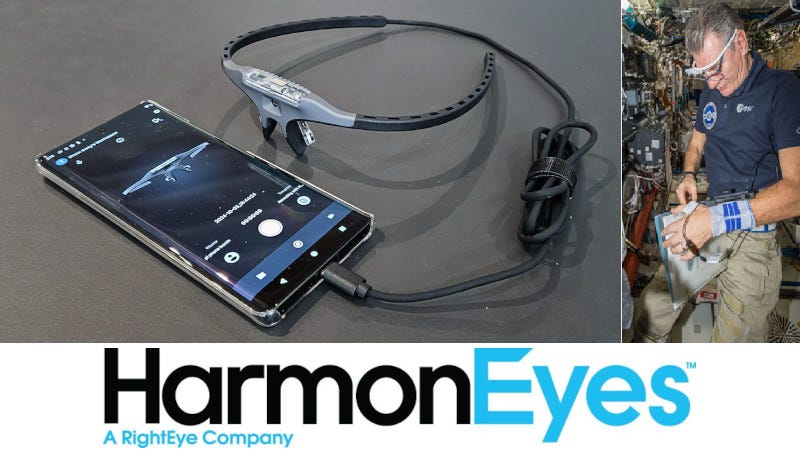H-SMART to Assist NASA in Evaluating Astronaut Readiness
NASA-Funded TRISH to Use HarmonEyes Eye-Tracking to Help Predict Astronaut Cognitive Load and Fatigue
The NASA-funded Translational Research Institute for Space Health (TRISH) has tapped HarmonEyes to deploy H-SMART to help measure and predict cognitive load and fatigue before it becomes a behavioral safety risk in spaceflight. The HarmonEyes Human State Monitoring and Readiness Tool (H-SMART) is a system designed to measure eye movements to assess cogn…
Keep reading with a 7-day free trial
Subscribe to The Journal of Space Commerce to keep reading this post and get 7 days of free access to the full post archives.



